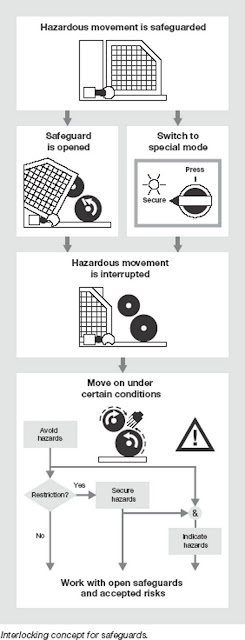After many years of service or as a result of outdated technology, a press often does not achieve the required performance with regard to its productivity. One issue is a lack of precision in the pressing distance and the pressing force as well as imprecise pressure control which are often the causes of a high reject rate. An upgrade will bring your press to the latest state of the art specifications and thus considerably increase productivity.
In some cases, the procurement of spares for individual components is no longer possible. With a retrofit manufacturers not only make their press safe again but also benefit from clear potential savings. The upgrade pays for itself in no time, as production is once again running smoothly and efficiently. The investment costs are considerably less than with a new acquisition.
Pilz’s services division can undertake all the engineering involved in upgrading an old press – from generation of the circuit diagrams and control program through to commissioning and approval. Pilz will make your press safe in accordance with applicable standards and bring a company’s control and drive technology up to the state of the art. Upgrading a press generally involves a new risk analysis. Pilz can guide you through the process and take care of any approval formalities for a company.
It is important for manufacturers to ask themselves several questions regarding a press upgrade. Will this upgrade increase productivity? Will the output of the upgraded press satisfy new requirements? Will the press still be safe? Older presses may develop safety deficiencies as safety measures are obsolete or may be manipulated because they are cumbersome. While the mechanical components are still completely intact, the control and drive technology may be outdated.
Pilz offers a comprehensive services offering and has the necessary expertise to make a press totally safe and efficient. Pilz services that will help manufacturers upgrade their press include: comprehensive consulting, professional engineering, and specific user training.
Benefits of upgrading a press can include: increasing productivity by using the newest technology, and reducing a company’s standstill and downtime. When choosing Pilz manufacturers can rely on approved safety concepts in accordance with international norms and standards. Additionally, Pilz will implement your upgrade quickly, without protracted downtime of a press.








